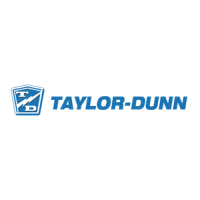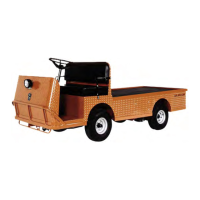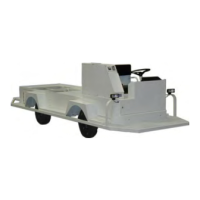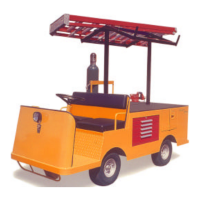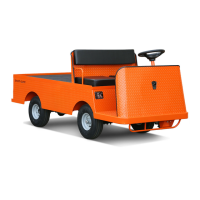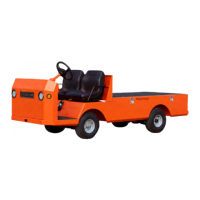What to do if my Taylor-Dunn Automobile has low power or is running slow?
- JJessica KellerAug 16, 2025
If your Taylor-Dunn Automobile exhibits low power or runs slowly, there are several potential causes. First, test the battery and charge if necessary. Second, the brakes might be dragging, so inspect the brake system. Finally, there could be a fault in the motor control system; in this case, refer to the motor control fault codes.
